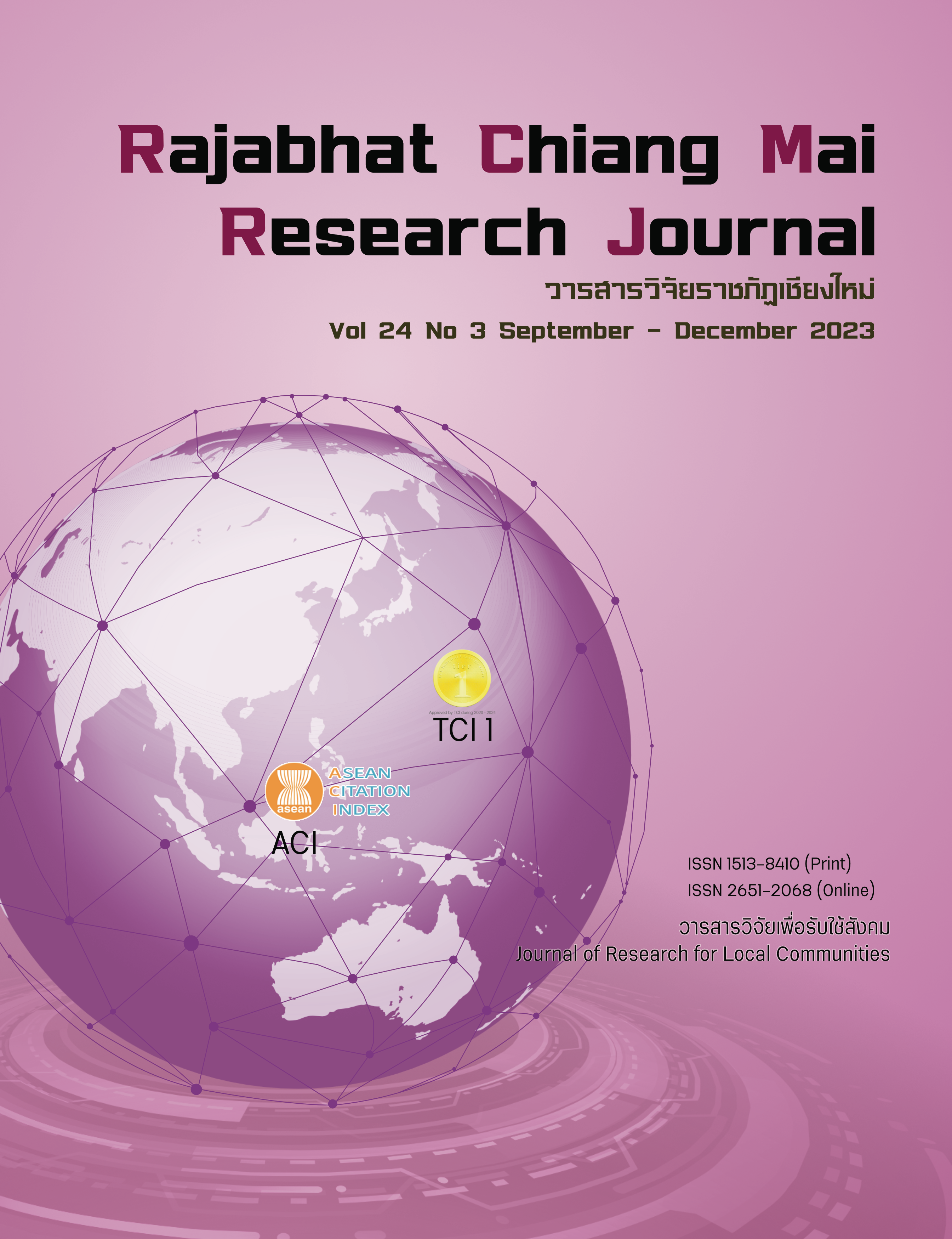Fairy Tales and Promotion of Early Childhood Development
DOI:
https://doi.org/10.57260/rcmrj.2023.264131Keywords:
Early childhood, Fairy tales, Child development promotionAbstract
The purpose of this academic article is to present the selection of storybooks for early childhood children, which must consider the ability to promote the development and imagination of early childhood children, and must consider children of each age who are able to receive knowledge and interests are different, because fairy tales are considered an important helper for parents and teachers in raising early childhood children, because in addition to providing fun, fables also provide knowledge and ideas that include morals and ethics. It is crucial to consider a child's age, interest, perception, and skill when determining whether or not a fairy tale is acceptable for young children. As a result, there is a genuine advantage to children's learning in that they will start to identify tales from seen sights and heard sounds as they gradually come to understand the meaning of the words until they can connect the two. In addition to learning the facts and tales that make the literature interesting to read, memorize them. As a result, selecting tales to help young children develop their skills will also strengthen their relationships with their parents and teachers, who have been telling tales to children since they were still in the womb. Additionally, selecting tales that are age-appropriate will be able to effectively support the development of the kids in all areas.
Downloads
References
Ausubel, D. P. (1968). Education Psychology a Cognitive View. New York: Holt, Rinehart.
Boonyanit, J. (2008). How to help children love reading. Bangkok: Children's Club. (In Thai)
Crow, L. D., & Crow, A. (1962). Child Development and Adjustment. New York: Macmillan.
Filela, J. (1975). Methods of Teaching way of Training non – Learners into Learners. Adult Education, 40, 201-203.
Hoffman, M. L. (1970). Moral Development in Carmichael’s Manual of Child Psychology. New York: John Wiley and Sons.
Innurak, S. (2010). Ability to use small muscles of early childhood Mind Home Day Care Nursery. Master of Education thesis. Srinakharinwirot University Prasarnmit. (In Thai)
Intanin, P. (2011). Storytelling Techniques. Bangkok: Children's Club. (In Thai)
Paripurana, S. (1999). Tales, their importance and benefits. Ratchaburi: Chom Bueng Rajabhat Institute. (In Thai)
Piromrak, K. (1997). Storytellers create readers. Bangkok: Children's Club. (In Thai)
Playwet, K. (2011). Books for children. Bangkok: Department of Librarianship Chulalongkorn University. (In Thai)
Prapatthong, S. (1979). The influence of children's storytelling and parenting education on Achievement behavior of Thai children. Master of Education Thesis Kasetsart University. (In Thai)
Pruksawan, B. (1991). A New Dimension in Teaching Reading. Bangkok: Thai Wattana Panich. (In Thai)
Sanhachawee, A. (2000). Teach reading and writing together with stories for early childhood children. Bangkok: Department of Academic Affairs.
Sheviakov, G. V., & Fritz, R. (1995). Discipline for Today’s Children and Youth. Washington DC: Association for Supervision and Curriculum Development. (In Thai)
Srisuwan, C. (2003). Folklore-Language Wisdom. Bangkok: Yellow Printing. (In Thai)
Tobbundit, K. (2005). Storytelling for early childhood. Bangkok: Educational Supervisors Unit. (In Thai)
Wayson, W. W. & T. J. (1984). Climates for Excellence: School that Forter Self-discipline. Phi delta Kappan, 65(6), 419-421. https://www.jstor.org/stable/20387061
Winkomin, P. (1999). Drama and puppet stories for children. Pathum Thani: Phetchaburi Rajabhat Institute. (In Thai)
Winkomin, P. (2017). Theater and puppet stories for children. Pathum Thani: Phetchaburi Rajabhat Institute. [(In Thai)
Yoonpun, K. (2006). Storytelling. Bangkok: Department of Librarianship Faculty of Humanities Srinakharinwirot University Prasarnmit. (In Thai)
Downloads
Published
How to Cite
Issue
Section
License
Copyright (c) 2023 Rajabhat Chiang Mai Research Journal

This work is licensed under a Creative Commons Attribution-NonCommercial-NoDerivatives 4.0 International License.
1. Articles, information, content, images, etc published in the “Community and Social Development Journal” are copyrighted by the Community and Social Development Journal, Chiang Mai Rajabhat University. In order to properly distribute the articles through print and electronic media, the authors still hold the copyright for the published articles under the Creative Commons Attribution (CC BY) license, which allows the re-distribution of the articles in other sources. References must be made to the articles in the journal. The authors are responsible for requesting permission to reproduce copyrighted content from other sources.
2. The content of the articles appearing in the journal is the direct responsibility of the article authors. The editorial board of the journal does not necessarily agree with or share any responsibility.














